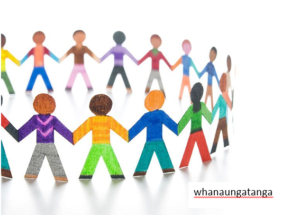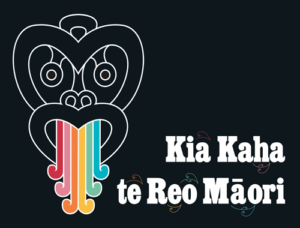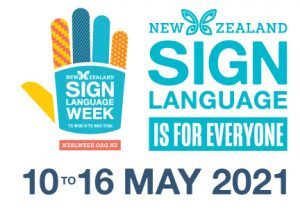By Carolyn Bohm – Rātā teacher
As a whole school staff we have been on a journey exploring different tikanga concepts. Our current concept of discussion is whanaungatanga and as we were engaging with this idea I was struck by how beautifully it connects with Montessori philosophy and principles. Whanaungatanga refers to a sense of family connection and describes the ‘glue’ holding people together in any whānau relationships. In tough times, it’s the relationship-glue of whanaungatanga causing the whānau to gather round, provide support, and put the needs of the group before the needs of individuals.
Whanaungatanga doesn’t just refer to one’s blood family, it can also refer to a community or group. Children and staff spend the better part of their daytime hours during the week at school and so a classroom can become almost a second whānau to them. Maria Montessori also thought of the Montessori classroom as a community and a family away from home. She believed in having mixed age ranges in the classroom as this mirrors a family at home with children interacting with siblings and cousins in a range of ages. This also allows tamariki to go to older members of the class when they need support and, in doing so, for older students to get a chance to be role models.
Montessori classrooms have community meetings to discuss and brainstorm solutions to problems noticed in the classroom. At community meetings possible solutions to the problem are brought up, their merits analyzed, and a solution voted upon. In this case, some tamariki might need to set aside their own wants to support the greater need of the community. This process also brings the classroom together as a family because all tamariki have an opportunity to make suggestions, comment on the suggestions of others, vote, and have a say in the strategies put into place in their classroom.
This sense of whanaungatanga is also created through shared experiences. While the Montessori curriculum is catered towards the unique interests and learning needs of tamariki, resulting in individuals or small groups working independently, we still come together for class trips, school camps, bush walks, school productions / events, occasional group lessons, and celebrations. These shared experiences allow us to create memories and a classroom identity.
This sense of belonging to a classroom family encourages tamariki to make choices keeping the greater good in mind. They can choose where to work, what to work on, when to follow up on lessons, and who to work with but this freedom comes with a responsibility to the classroom community. Choices around work must be made with consideration to the rest of the class and their need for an environment conducive to focused work. Through these different avenues, the Montessori classroom creates for children a family away from home and beautifully works alongside the local cultural tradition of whanaungatanga.



